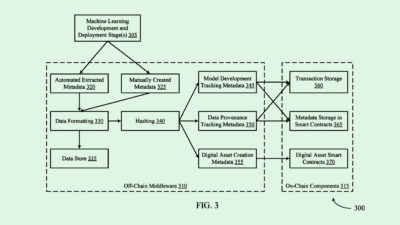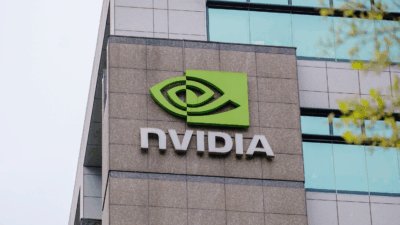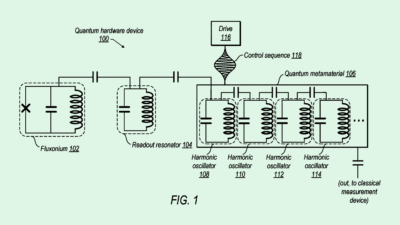
Sign up for smart news, insights, and analysis on the biggest financial stories of the day.
The era of rapid and cheap genome sequencing is now here.
Illumina, which has long lived at the cutting edge of the genome-sequencing race, introduced Thursday a new line of gene-sequencing machines that will double the capacity of previous models while cutting costs per genome.
I Dream of Genomes
Understanding the human genome has long been thought of as a skeleton key for all sorts of positive medical developments, such as creating genetically targeted drug treatments, diagnosing rare diseases, detecting cancers early, and developing mRNA vaccines, like the one used to combat Covid-19. From 1990 to 2003, thousands of scientists and researchers at the Human Genome Project worked together to map out the billions of molecular bricks comprising human DNA (that’s those As, Cs, Gs, and Ts for anyone who’s already forgotten high school biology class).
It cost around $2.7 billion for that landmark achievement of cooperation. Illumina’s newest device cuts that cost down to around a couple hundred dollars – and completely obliterates the 13-year timetable, to boot. The new product, dubbed NovaSeqX, provides a major opportunity for Illumina at a critical moment for the company:
- The machine will cost $1.25 million per unit, up from the last model’s $950,000, but operating costs to sequence a genome will drop from $600 to $200, and it will be capable of generating more than 20,000 whole genomes a year — a 2.5x increase of the older model. The NovaSeqX will begin shipping next year.
- Ultima Genomics, a little-known startup that emerged earlier this year as one of Illumina’s chief rivals, is also planning a device debut next year, promising sequencing at the cost of just $100. Meanwhile, both the FTC and the European Commission are attempting to block Illumina’s acquisition of cancer-detecting blood-test company Grail Inc, saying it could hinder competition.
Research and Destroy: Two recent studies by the Mayo Clinic and the National Library of Medicine found genome sequencing identified that as many as 15% of healthy people were at elevated risk of a treatable or preventable disease. Still, the high costs of genetic counseling and clinical interpretation will mostly limit genome sequencing to the realm of research and development for the time being. Alas, the future of medicine is close but not quite here.











